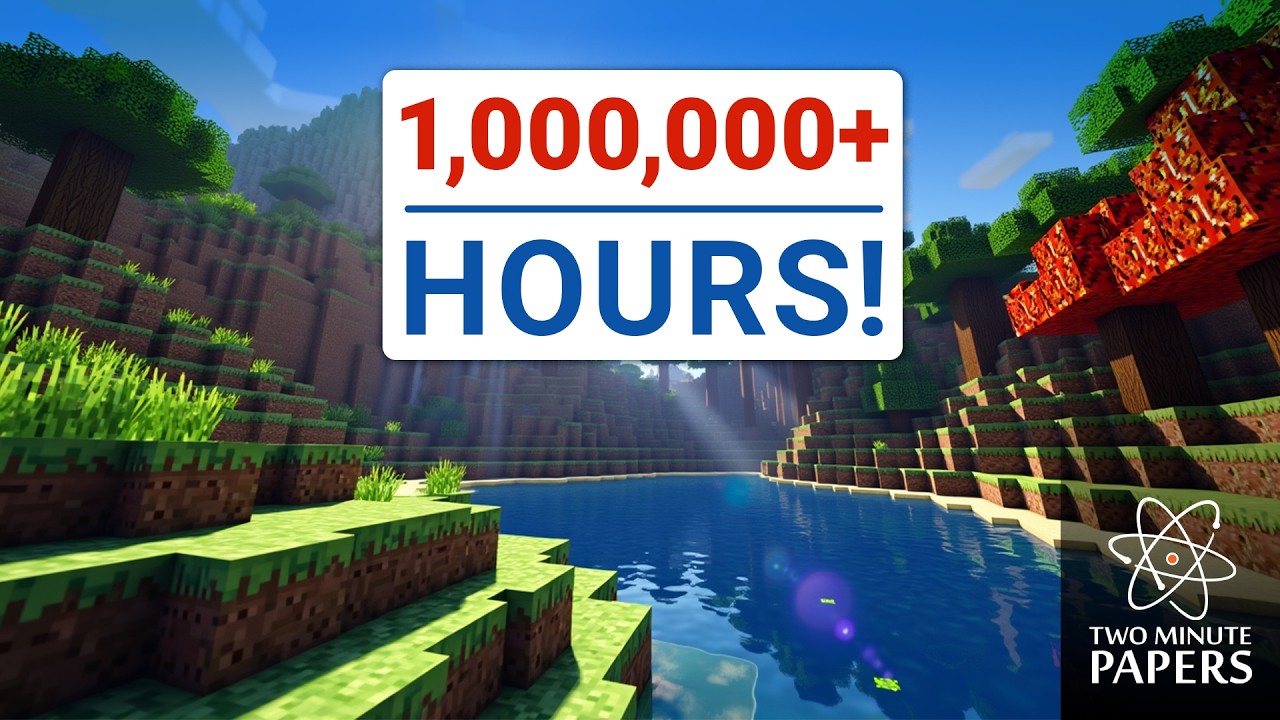The video showcases an innovative AI that has learned to play Minecraft, allowing users to interact with it in real-time, although it has limitations such as low-resolution graphics and a short memory span. Despite these drawbacks, the host highlights the AI’s impressive performance and potential for future advancements in gaming technology.
In a recent video, the host introduces an innovative AI that has learned to play Minecraft by analyzing gameplay. This AI can recreate the game in real-time, allowing users to interact with it using a keyboard and mouse. Viewers are encouraged to try it out through a link provided in the video description. The host expresses excitement about this development, especially since it follows a similar project by Google that focused on the game Doom.
The AI’s capabilities are impressive, as it allows players to perform various actions typical in Minecraft, such as walking, jumping, hitting blocks, and managing inventory. Players can place objects like torches, which light up when placed, and consume food items, demonstrating the AI’s understanding of game mechanics. However, the host notes that while the experience is engaging, it comes with significant limitations.
One of the major drawbacks highlighted is the low resolution and pixelation of the graphics, making it difficult to discern certain elements, such as animals. The AI’s memory is also quite limited, retaining information for less than three seconds, which results in a lack of object permanence. This means that players may find themselves disoriented as the AI fails to remember previous actions or locations.
Despite these shortcomings, the host emphasizes the historical significance of this technology, comparing it to the early days of GPT-2 before the emergence of ChatGPT. The AI’s ability to generate over 20 frames per second is a notable advancement compared to previous systems that required much longer to create a single frame. This rapid performance suggests a promising future for AI in gaming and other applications.
The video concludes with an invitation for viewers to experiment with the AI themselves and share their experiences in the comments. The host mentions that the model is relatively small, with half a billion parameters, and hints at the potential for future improvements in resolution and performance. Additionally, the specialized hardware used for this AI may pose competition for established companies like NVIDIA, which could benefit consumers in the long run.
